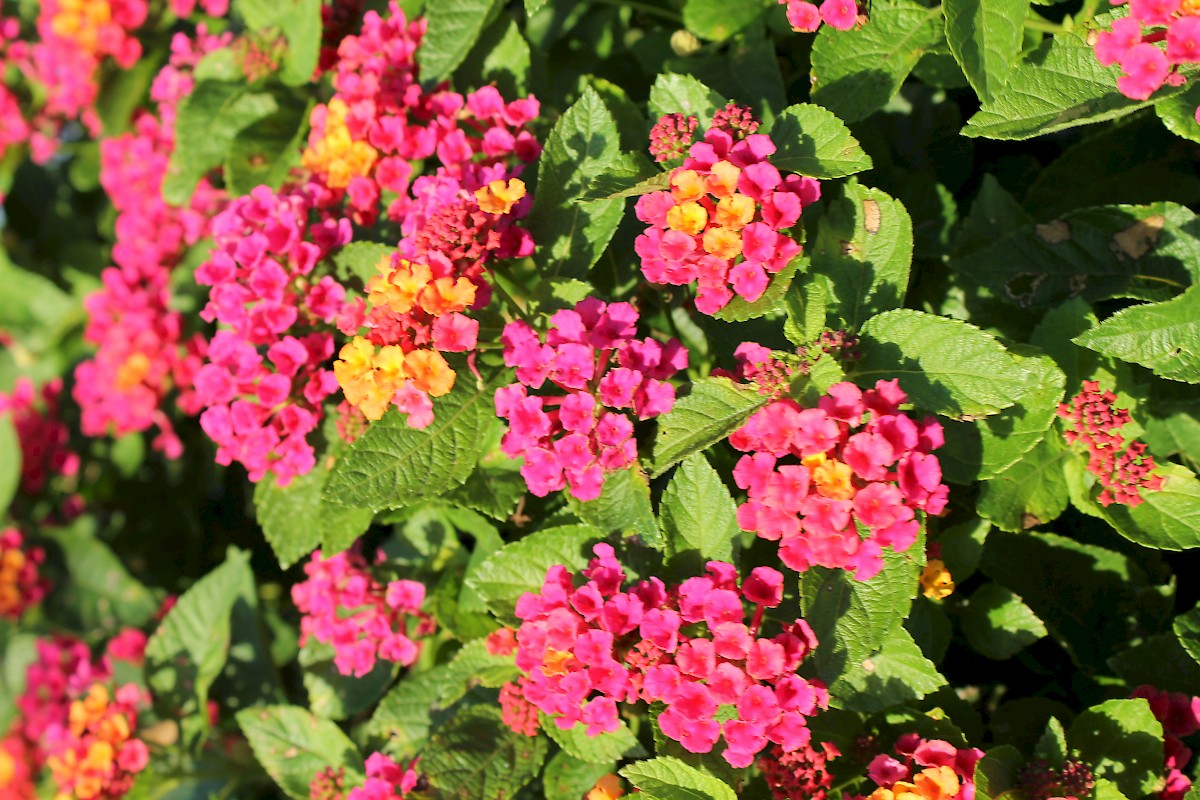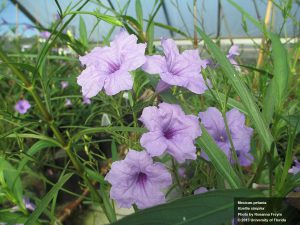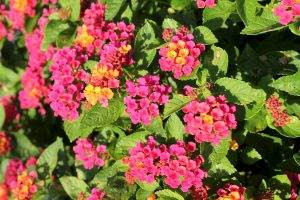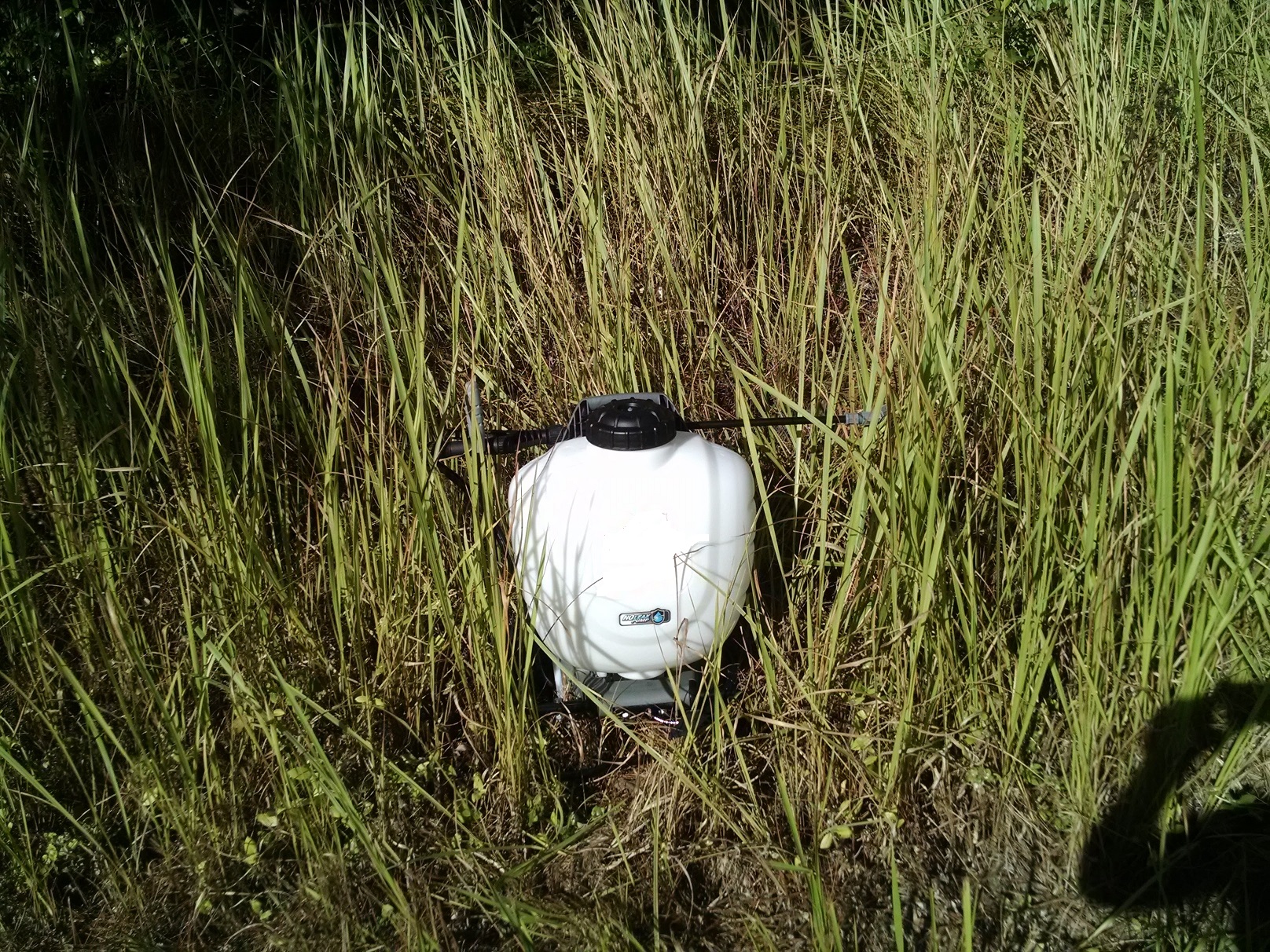
NISAW 2018: Chemical Control for Invasive Plants
Chemical (Herbicide) treatments, while not the only option, are often required for effective control of woody invasive species. When treating woody invasive species there are three common, relatively simple techniques for applying herbicide; Foliar, Basal, and Cut Stump.
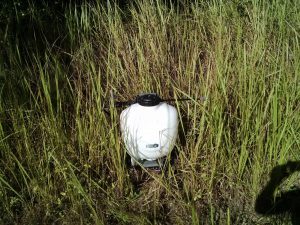
Foliar applications are the only option for invasive grasses like cogongrass. Photo Credit: Jennifer Bearden
Foliar Applications – spray solution is applied directly to leaves. For these applications to be effective leaves must be present and actively growing. Additionally, plants should not be disturbed for several weeks after the application. The herbicide must have time to move throughout the entire plant. Remember, the goal is killing plants, not leaves. Perennial plants can handle losing their leaves; they go through that process every year.
There are some points to consider when making foliar applications. The height of the plants being treated should not exceed 6-8ft. As the height of the plants increase, spray drift management becomes more of a concern. Upward spraying of herbicide greatly increases the likelihood of injuring non-target plants. Adequate coverage is another important consideration for foliar applications. All leaves need to be covered but not to the point of runoff. The timing of the application is also important; foliar sprays on perennial plants are generally the most effective in the late summer – early fall when the plants are naturally translocating product into their roots preparing for winter dormancy. This process facilitates the movement of herbicide into the roots.
Foliar applications are the only option for invasive grasses, they can be effective on shrubs, but are less than ideal for trees. The ratio of leaf area to total biomass is key to the effectiveness of foliar treatments; grasses are nearly all leaf, shrubs are relatively small and generally fairly leafy, trees can be very large with relatively few leaves making effective foliar treatments rather difficult. Retreatment is often needed to acquire complete control of trees and large shrubs.
As the name implies, individual plant treatments treat one plant at a time. These treatments are very effective, selective, and labor intensive. The two most straightforward kinds of individual plant treatment are basal and cut-stump applications.
Simply put, basal treatments involve applying an herbicide mixed with an oil penetrant directly to the bottom 12-18 inches of a standing tree or shrub. For basal treatments to be consistently effective trees need to be less than 6 inches in diameter and have smooth bark. Additionally, the bottom 12-18 inches of the stem need to be completely coated with herbicide/oil mixture. Results are very slow, often months. Basal treatments can be successful any time of year except during the “spring flush” when the upward sap flow impedes herbicide translocation. It should be noted that basal treatments will result in standing, dead trees and shrubs.
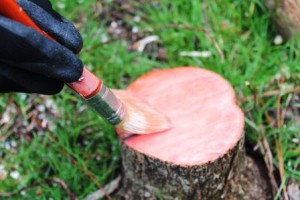
Cut stump treatment of removed tree prevents regrowth and is often used when controlling invasive species.
Cut-stump treatments involve applying a high concentration of herbicide directly to the freshly cut stump of an unwanted tree or shrub. The herbicide application prevents regrowth and suckering. These treatments are highly dependable and effective any time of year other than during the “spring flush”, as described above. For larger, thicker barked trees cut –stump treatments are the most dependable control option.
Follow the link below for additional information and for specific chemical recommendations to use with an of these techniques contact your county’s UF/IFAS Extension Office: Herbicide Techniques for Woody Plant Control

